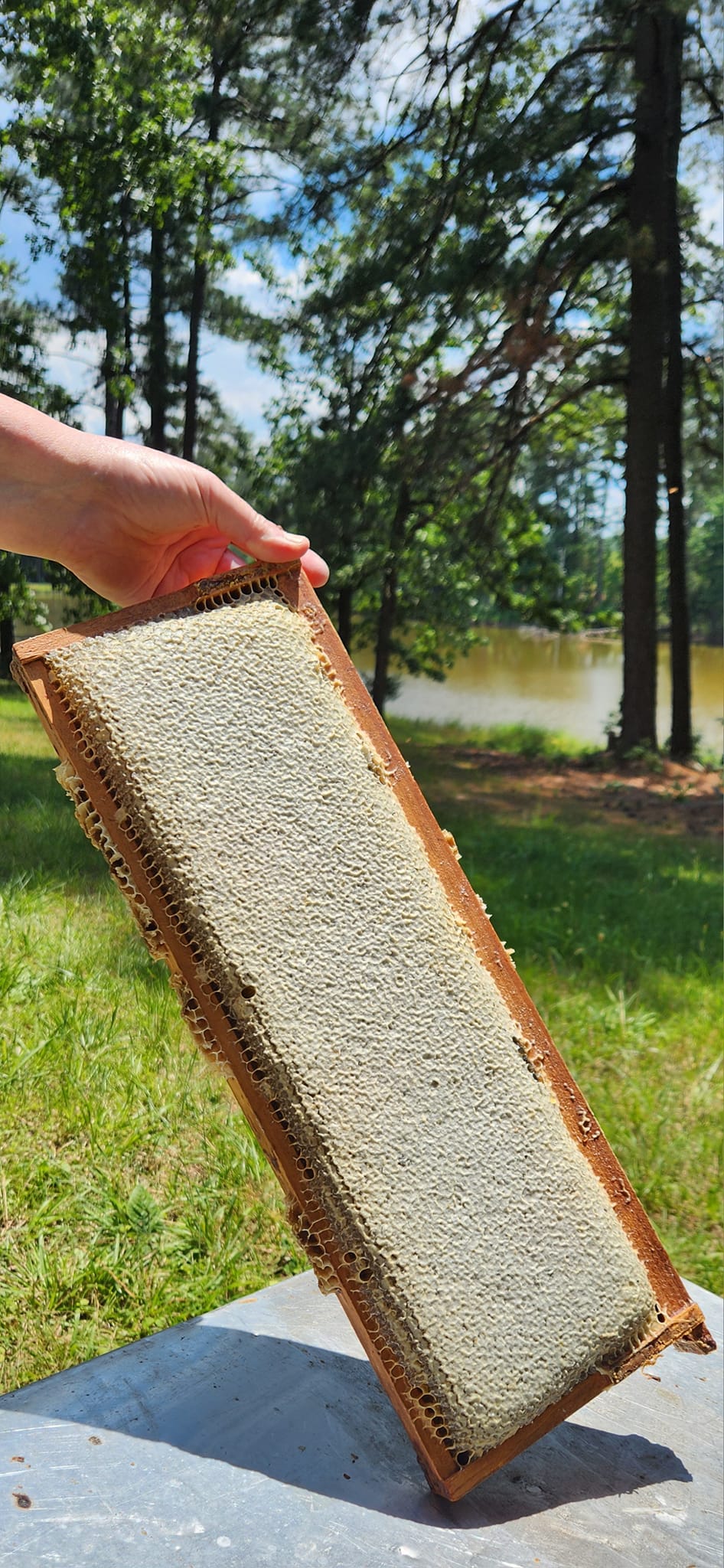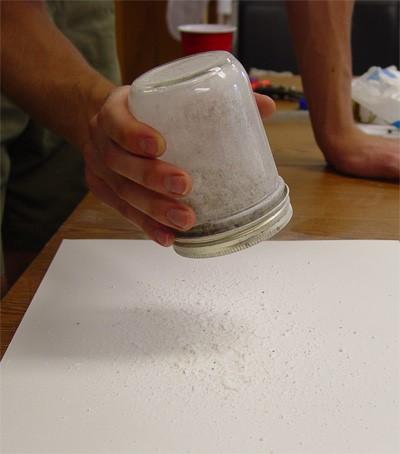What Should I Be Doing in My Apiary This Month? June
go.ncsu.edu/readext?1079592
en Español / em Português
El inglés es el idioma de control de esta página. En la medida en que haya algún conflicto entre la traducción al inglés y la traducción, el inglés prevalece.
Al hacer clic en el enlace de traducción se activa un servicio de traducción gratuito para convertir la página al español. Al igual que con cualquier traducción por Internet, la conversión no es sensible al contexto y puede que no traduzca el texto en su significado original. NC State Extension no garantiza la exactitud del texto traducido. Por favor, tenga en cuenta que algunas aplicaciones y/o servicios pueden no funcionar como se espera cuando se traducen.
Português
Inglês é o idioma de controle desta página. Na medida que haja algum conflito entre o texto original em Inglês e a tradução, o Inglês prevalece.
Ao clicar no link de tradução, um serviço gratuito de tradução será ativado para converter a página para o Português. Como em qualquer tradução pela internet, a conversão não é sensivel ao contexto e pode não ocorrer a tradução para o significado orginal. O serviço de Extensão da Carolina do Norte (NC State Extension) não garante a exatidão do texto traduzido. Por favor, observe que algumas funções ou serviços podem não funcionar como esperado após a tradução.
English
English is the controlling language of this page. To the extent there is any conflict between the English text and the translation, English controls.
Clicking on the translation link activates a free translation service to convert the page to Spanish. As with any Internet translation, the conversion is not context-sensitive and may not translate the text to its original meaning. NC State Extension does not guarantee the accuracy of the translated text. Please note that some applications and/or services may not function as expected when translated.
Collapse ▲Summer is here! Days are hot and long, the nectar flow is slowing down and just about done in some parts of NC, and thus the bees are getting a little more defensive. Make sure to have a smoker lit and the necessary protective gear ready before starting your inspections.
Honey supers are hopefully filling up and some are ready for extraction. Remember the general rule of thumb is to have the frames of honey at least 75% capped prior to harvesting. This will ensure the honey will not spoil once it is bottled. If there is too much moisture, it is more likely to ferment. If you have supers that are not capped yet, leave them on the colony for a few more weeks and check again.
ready for extraction. Remember the general rule of thumb is to have the frames of honey at least 75% capped prior to harvesting. This will ensure the honey will not spoil once it is bottled. If there is too much moisture, it is more likely to ferment. If you have supers that are not capped yet, leave them on the colony for a few more weeks and check again.
The most efficient method to harvest honey is by using a commercially made honey extractor. This enables the beekeeper to extract the honey without too much damage to the comb, which can then be reused by the bees. Drawn comb is a valuable resource as the bees will not have to use the resources to make more wax and can start using it right away either to store more nectar, or for the queen to lay eggs.
Honey extractors may be expensive, and if there are very few colonies with frames to extract, it may not be worth purchasing an extractor to be used only once a year. Joining a beekeeper’s club has many benefits, but joining forces to extract honey is one of the big ones. Many of the county clubs have an extractor that can be rented by its members for a small fee. This is often more manageable for the small scale beekeepers and is a good way to learn about the extractors before purchasing one.
June is typically the end of the honey flow for most of North Carolina. The western part of the state may have a slightly longer flow. Because the honey flow is waning, robbing season will soon begin. When food is in short supply, honey bees will start robbing the food stores of neighboring colonies in hopes of getting an easy meal. If it  is only a few honey bees robbing from a colony, it isn’t too bad. Things can quickly get out of hand and there may be thousands of honey bees trying to get in the entrance of another hive. Once this starts, it is hard to stop. Reducing the entrance or installing robbing screens helps, but be proactive before robbing even begins.
is only a few honey bees robbing from a colony, it isn’t too bad. Things can quickly get out of hand and there may be thousands of honey bees trying to get in the entrance of another hive. Once this starts, it is hard to stop. Reducing the entrance or installing robbing screens helps, but be proactive before robbing even begins.
To further minimize robbing, try to limit the time a hive is open. Keep your inspections short by planning ahead and knowing exactly what your goal of the inspection is. For example, if you are checking a colony to make sure it is queenright, once you see a nice frame of eggs, you can close it back up. Another preventative tip is to use a frame curtain or to replace the inner cover in between frame removals, since this will minimize the time the hive is exposed to potential robber bees.
Perhaps most importantly, this is the critical time of year that beekeepers need to start monitoring for Varroa mites—if you haven’t already. When supers are removed for extracting, colonies should be tested using either the sugar shake technique or the alcohol wash method (see our Beekeeping Note on Varroa). By monitoring your mite levels monthly, you will be able to time your control measures accurately and keep the mite populations from getting out of hand. If a beekeeper waits too long, the mite population may rise to a level where the bee population cannot handle the pressure and the colony will succumb to them.
the alcohol wash method (see our Beekeeping Note on Varroa). By monitoring your mite levels monthly, you will be able to time your control measures accurately and keep the mite populations from getting out of hand. If a beekeeper waits too long, the mite population may rise to a level where the bee population cannot handle the pressure and the colony will succumb to them.


